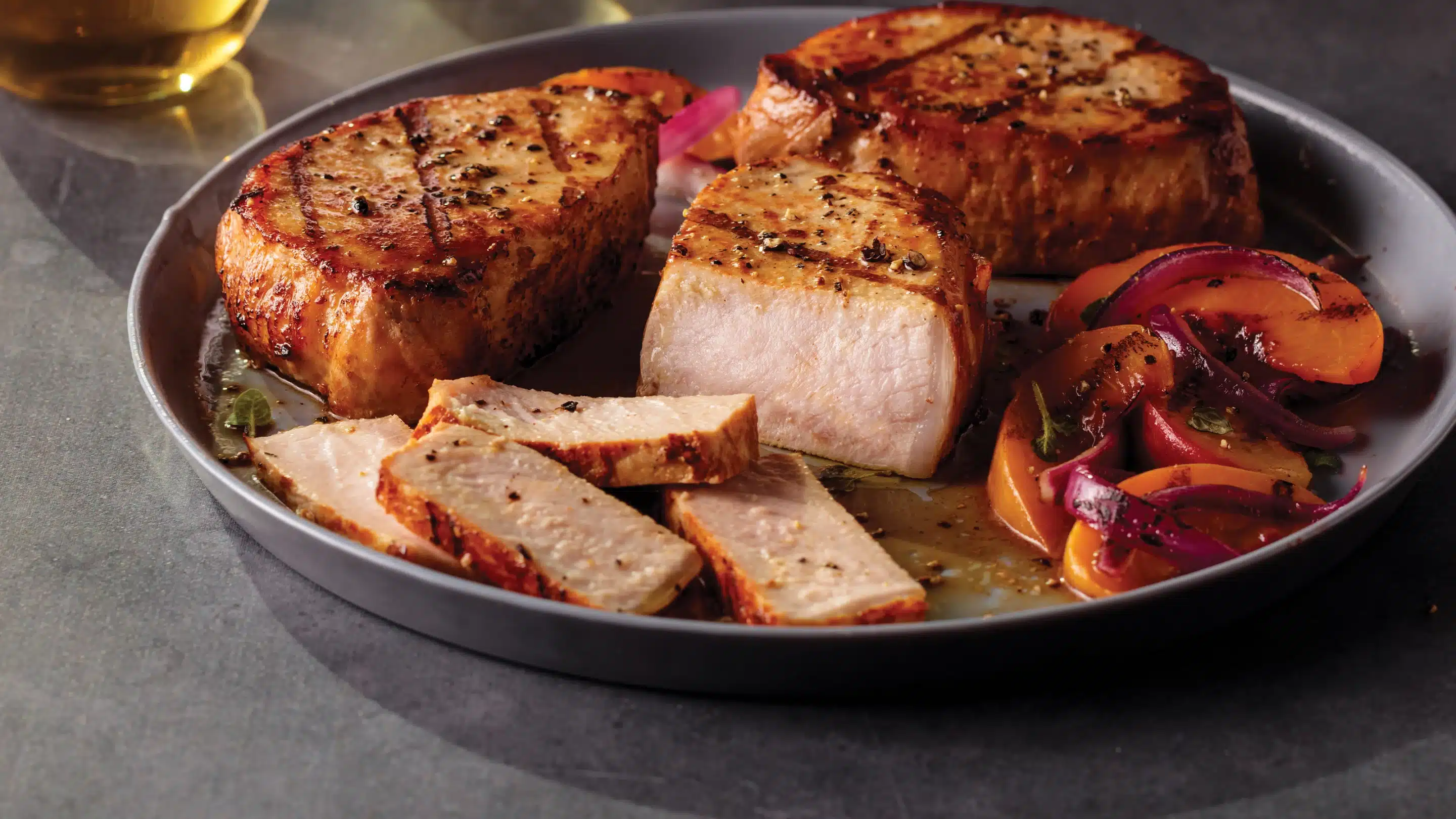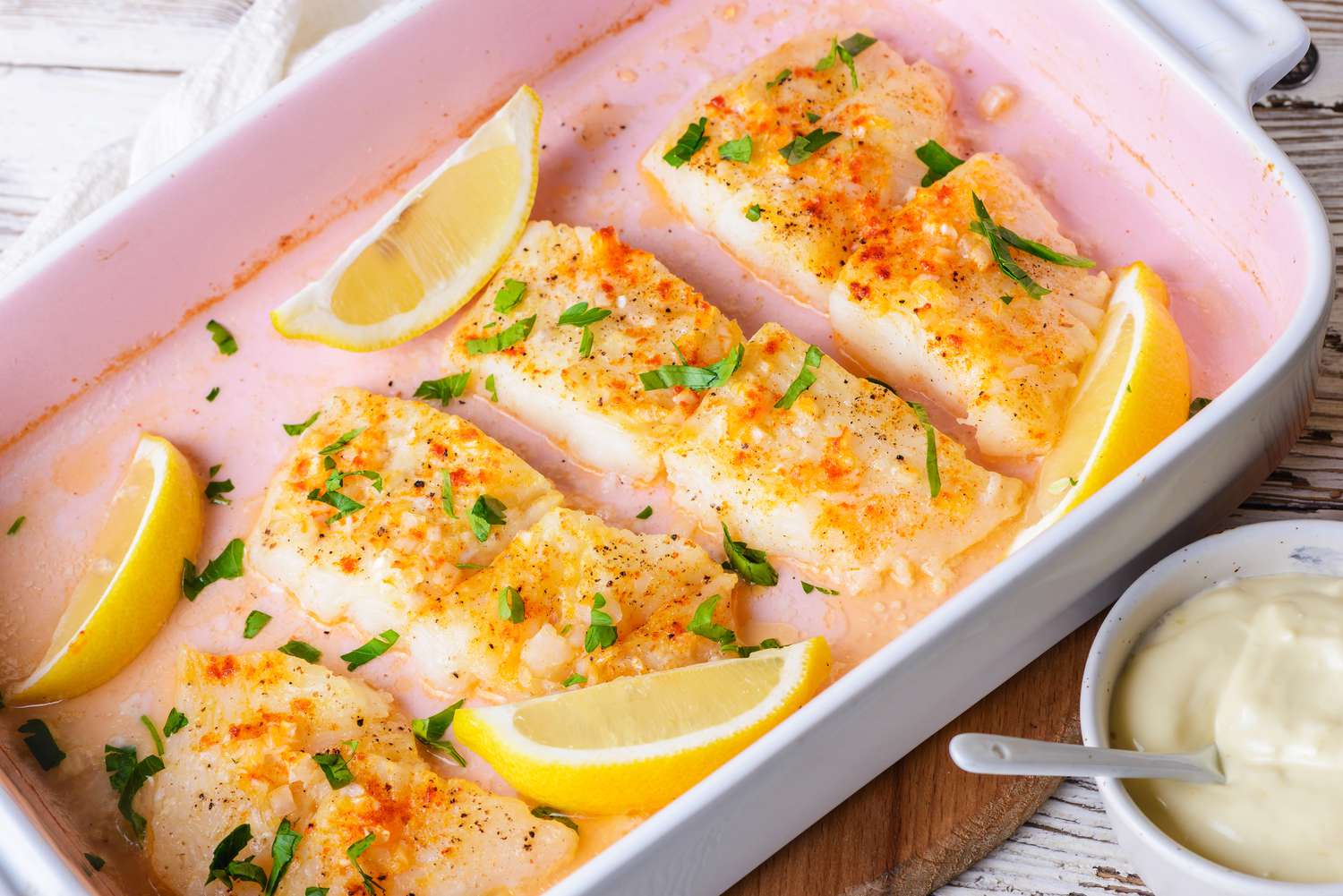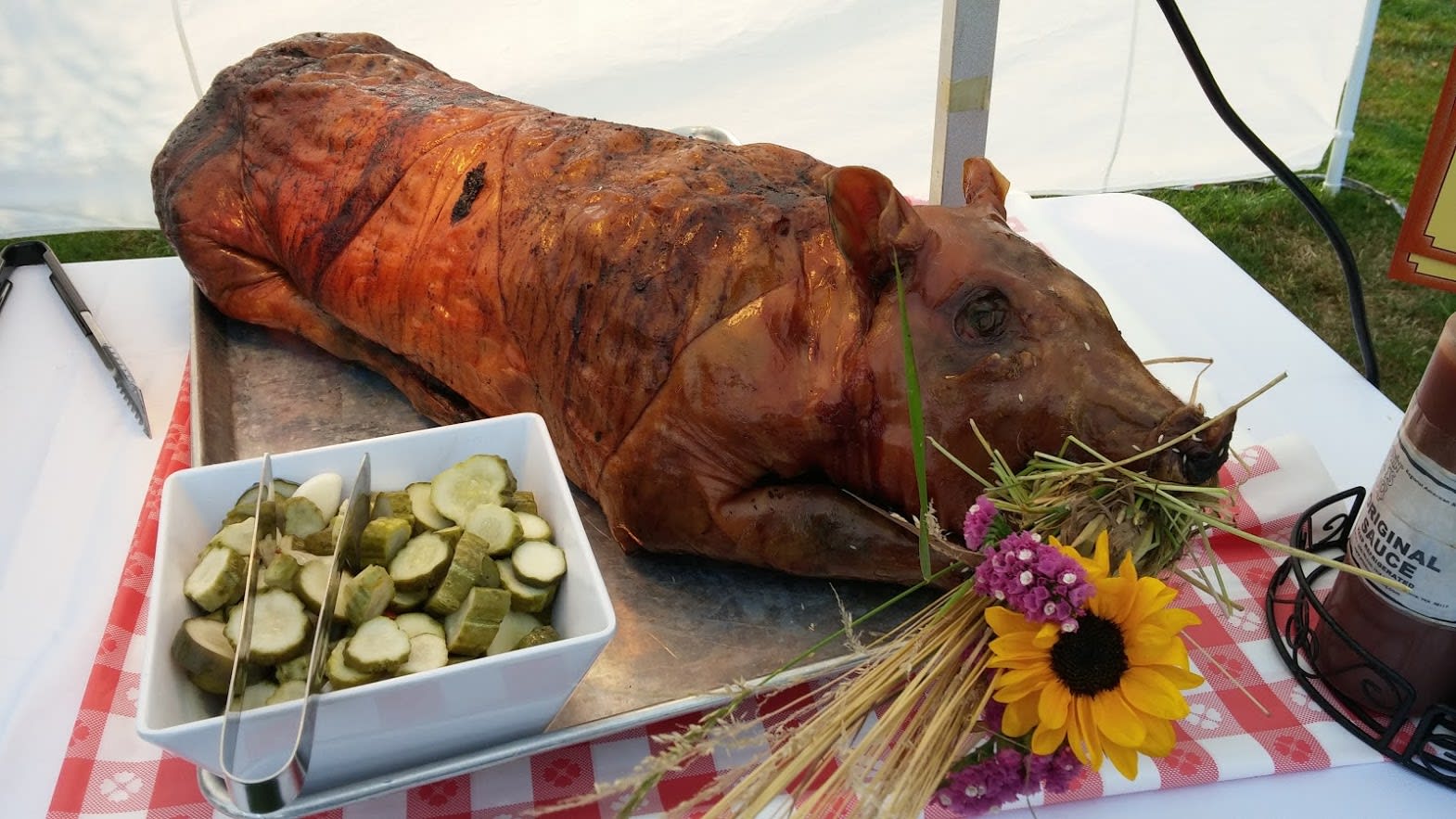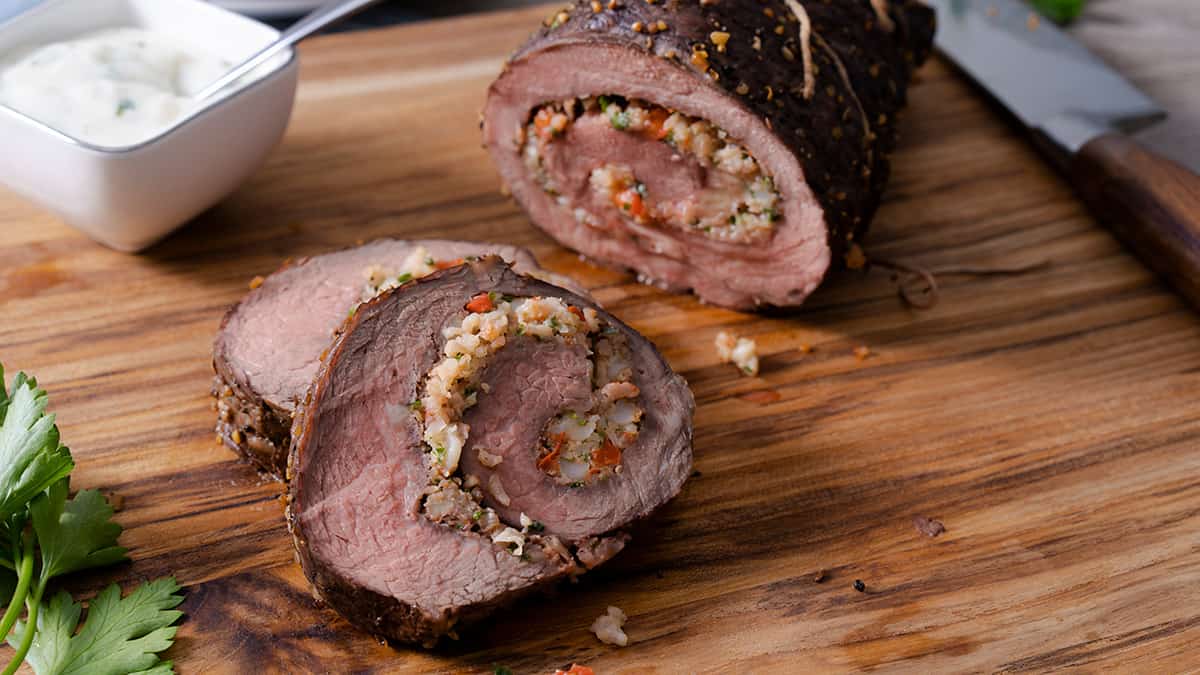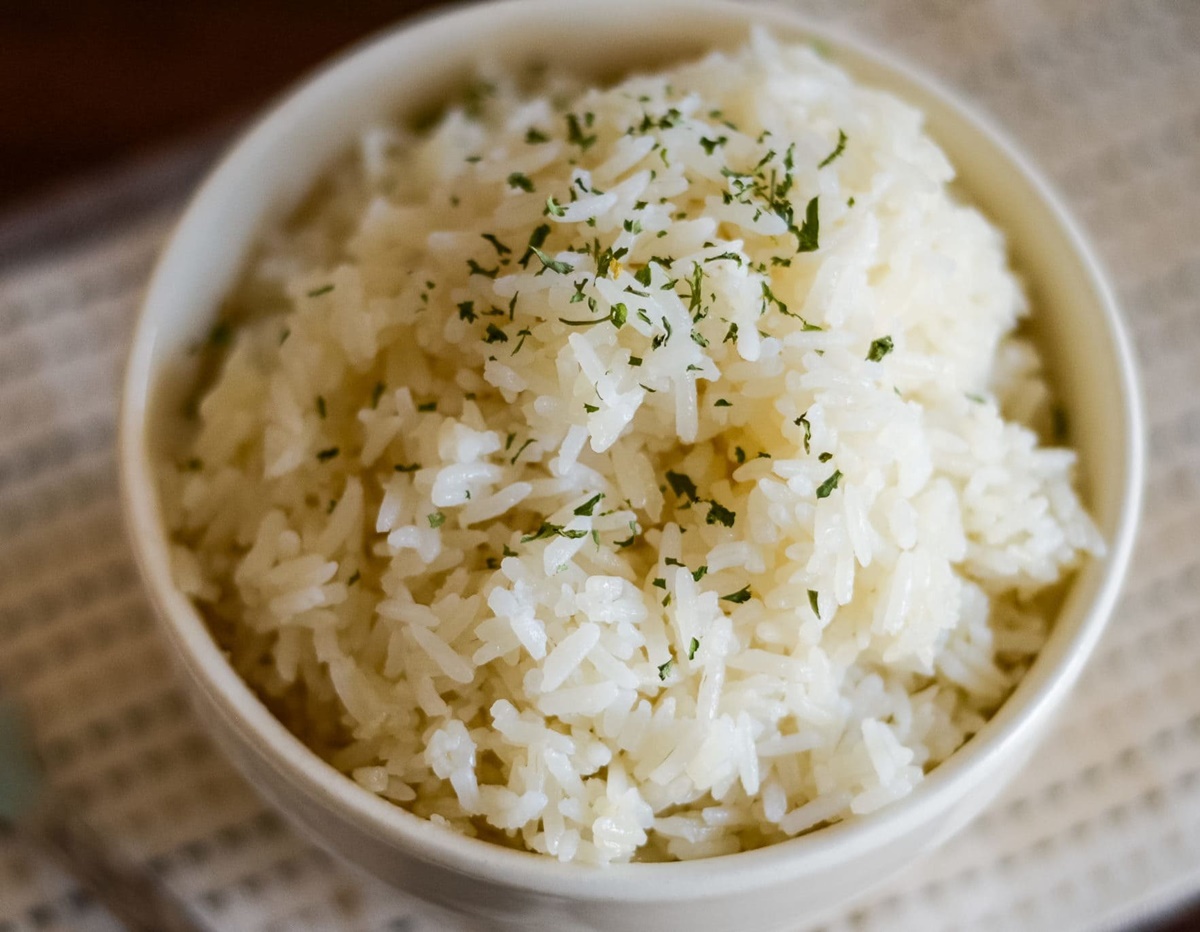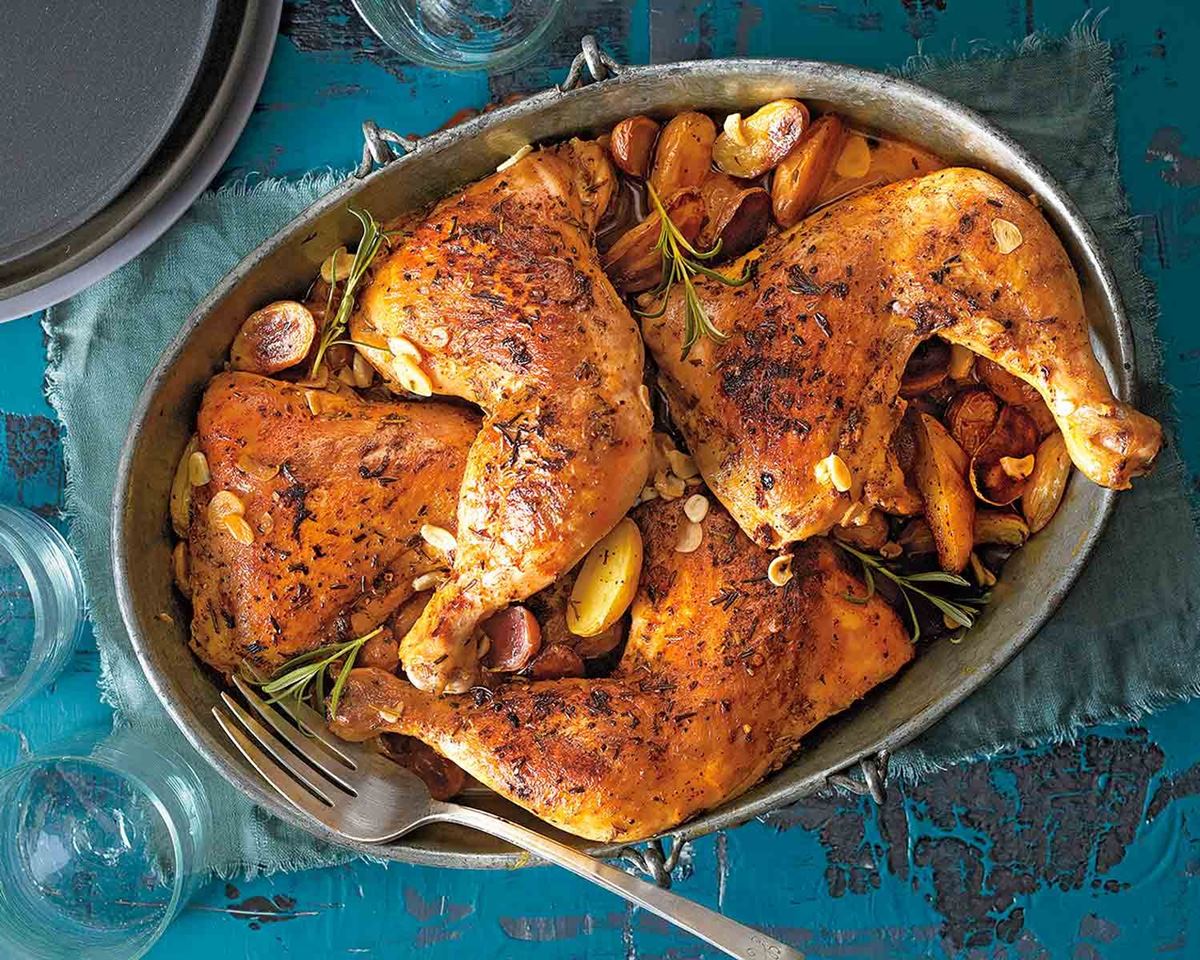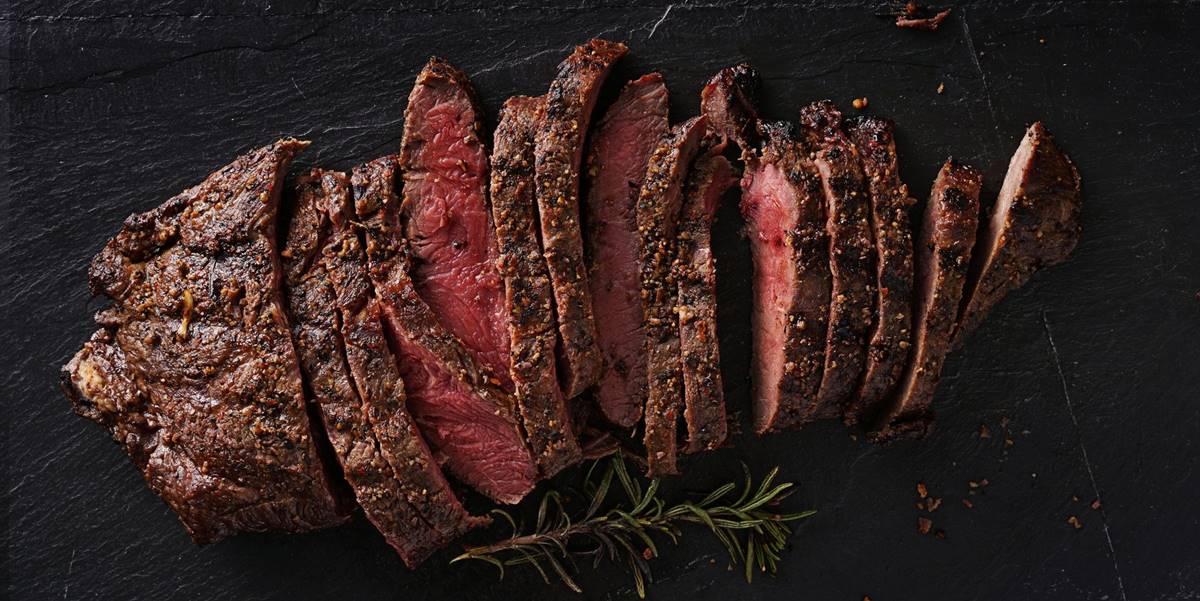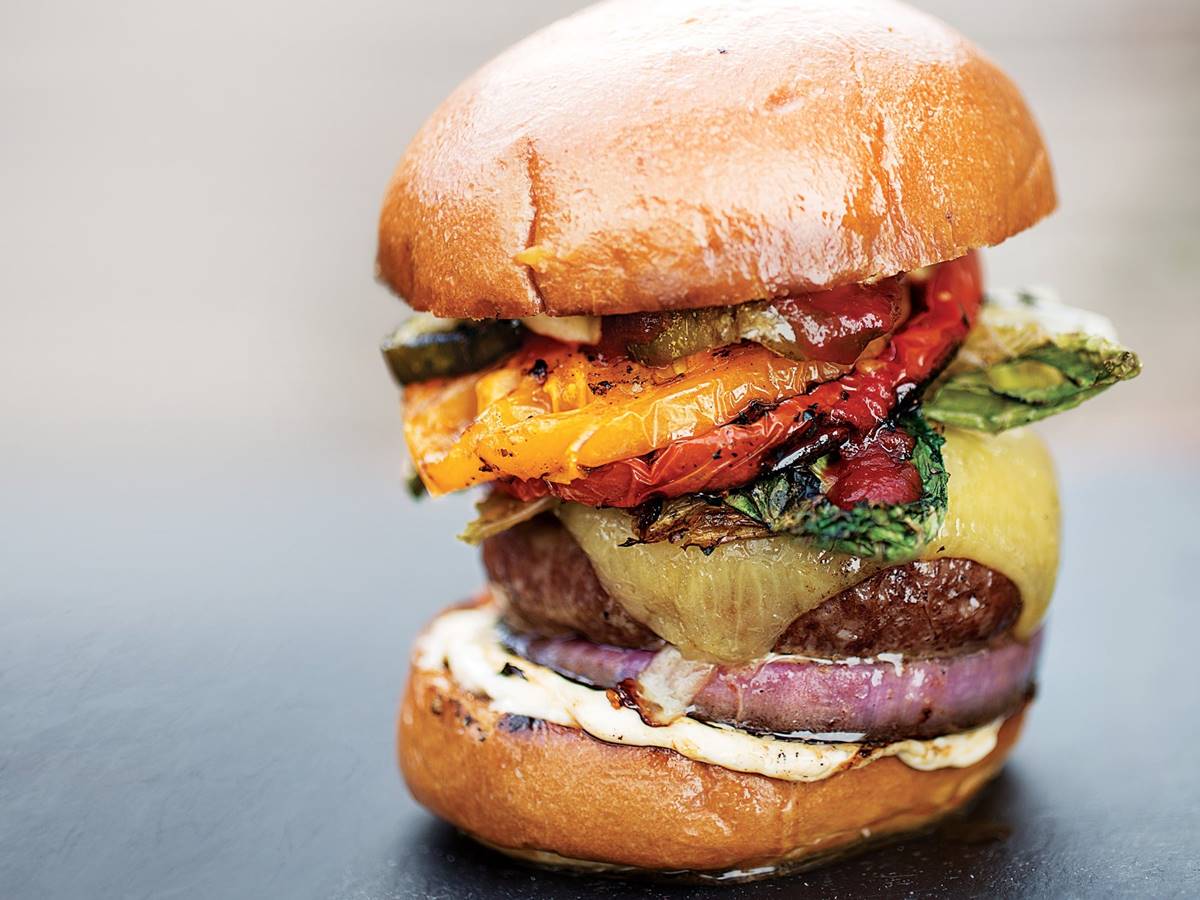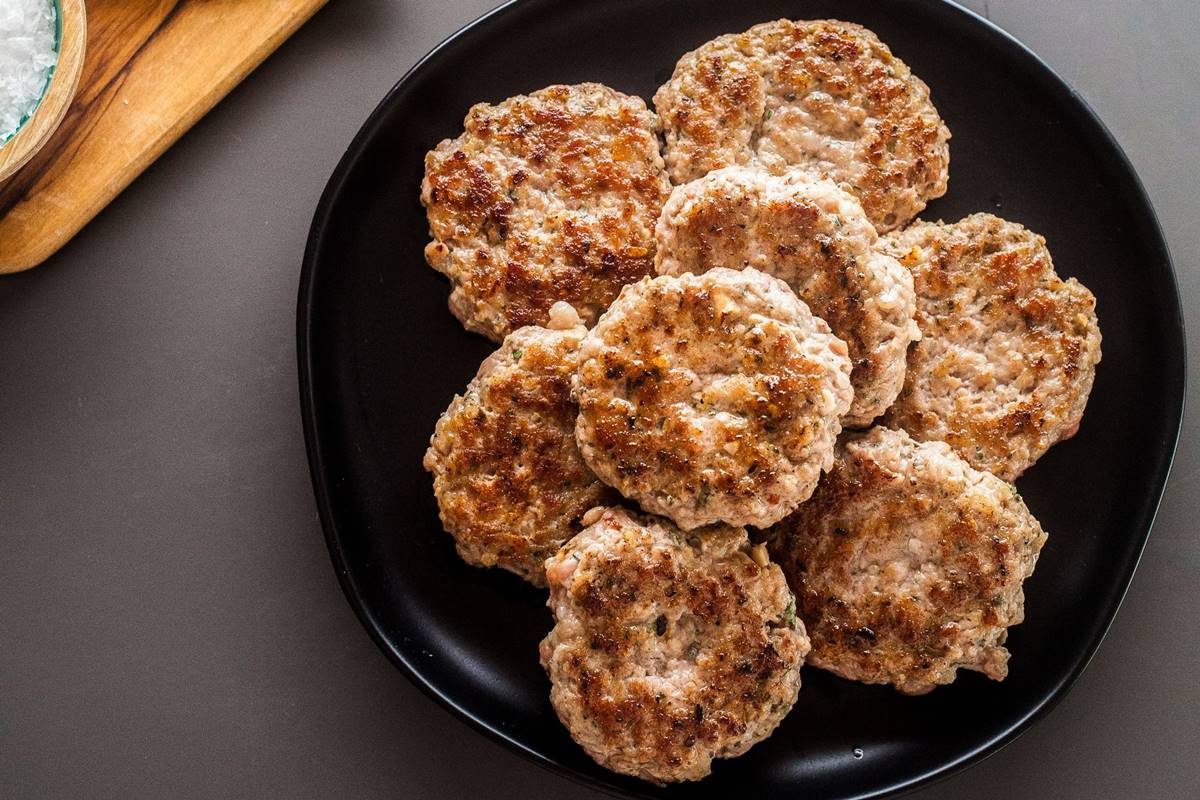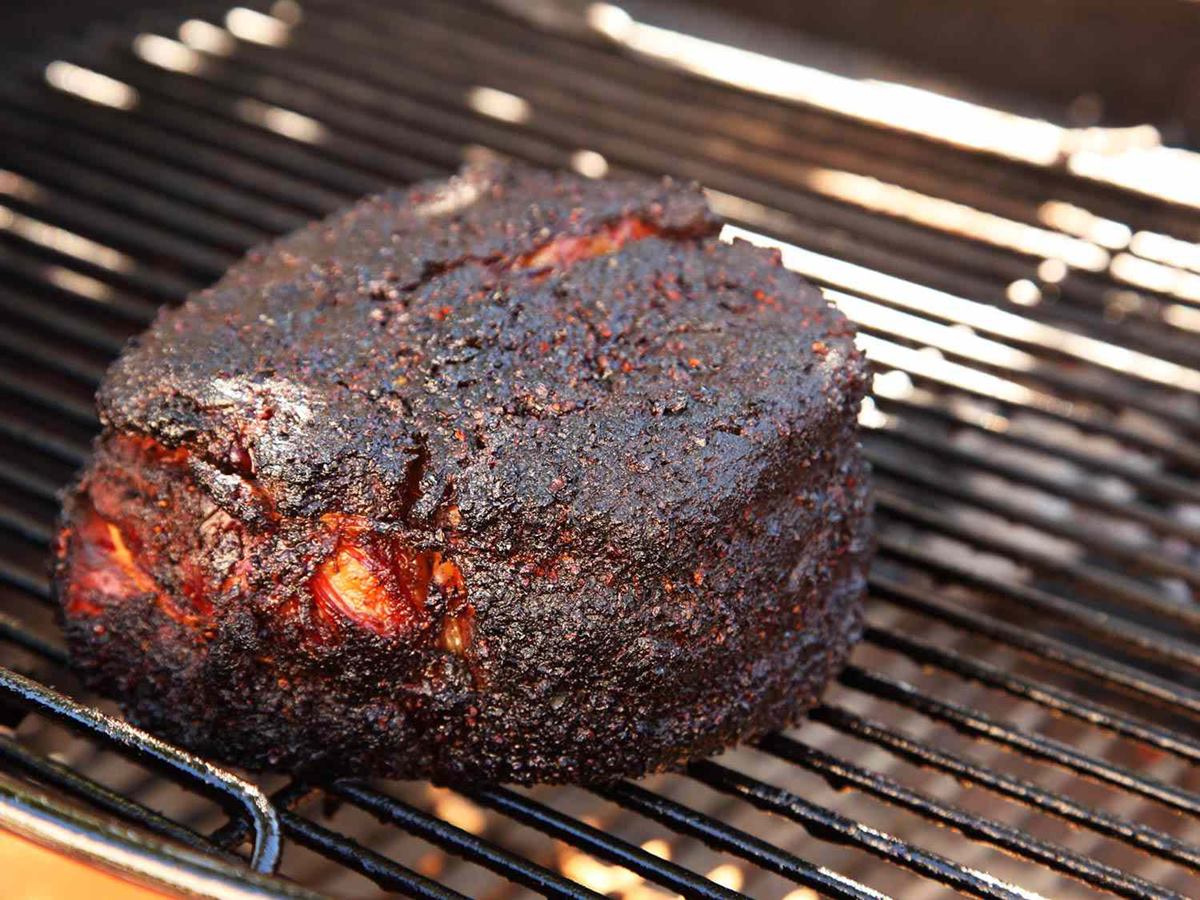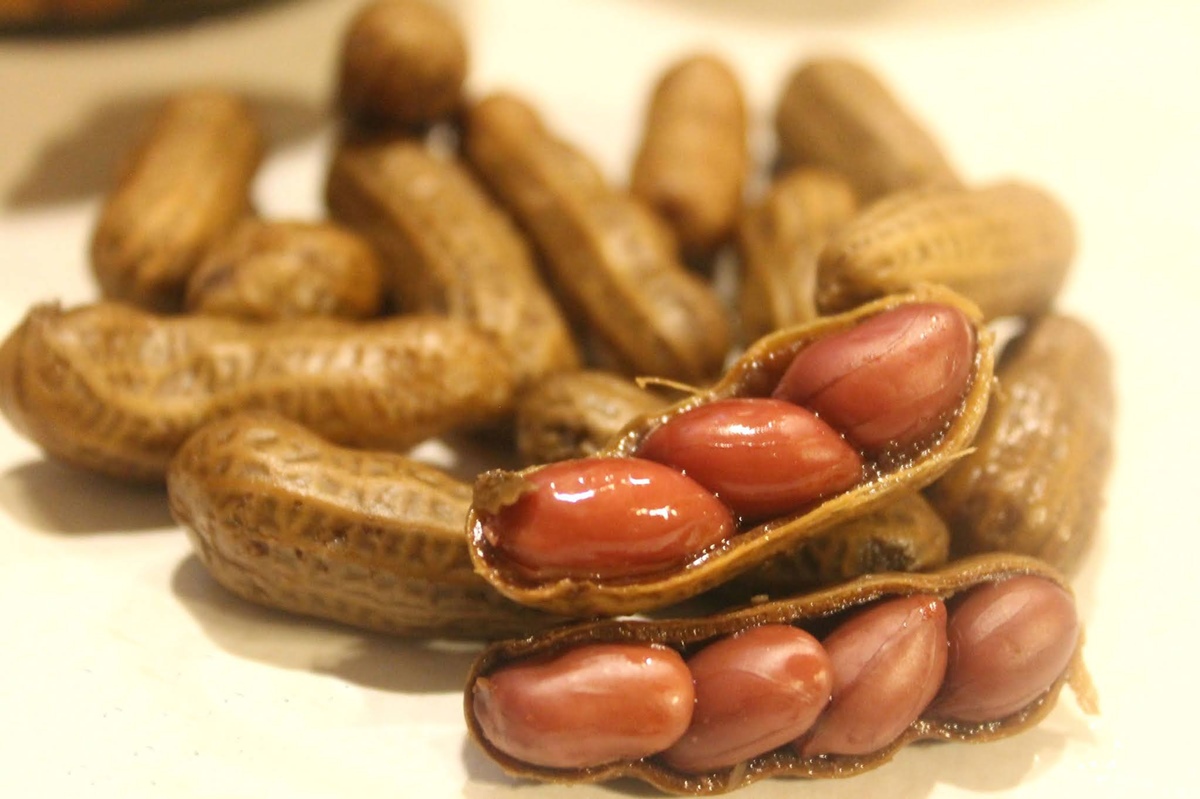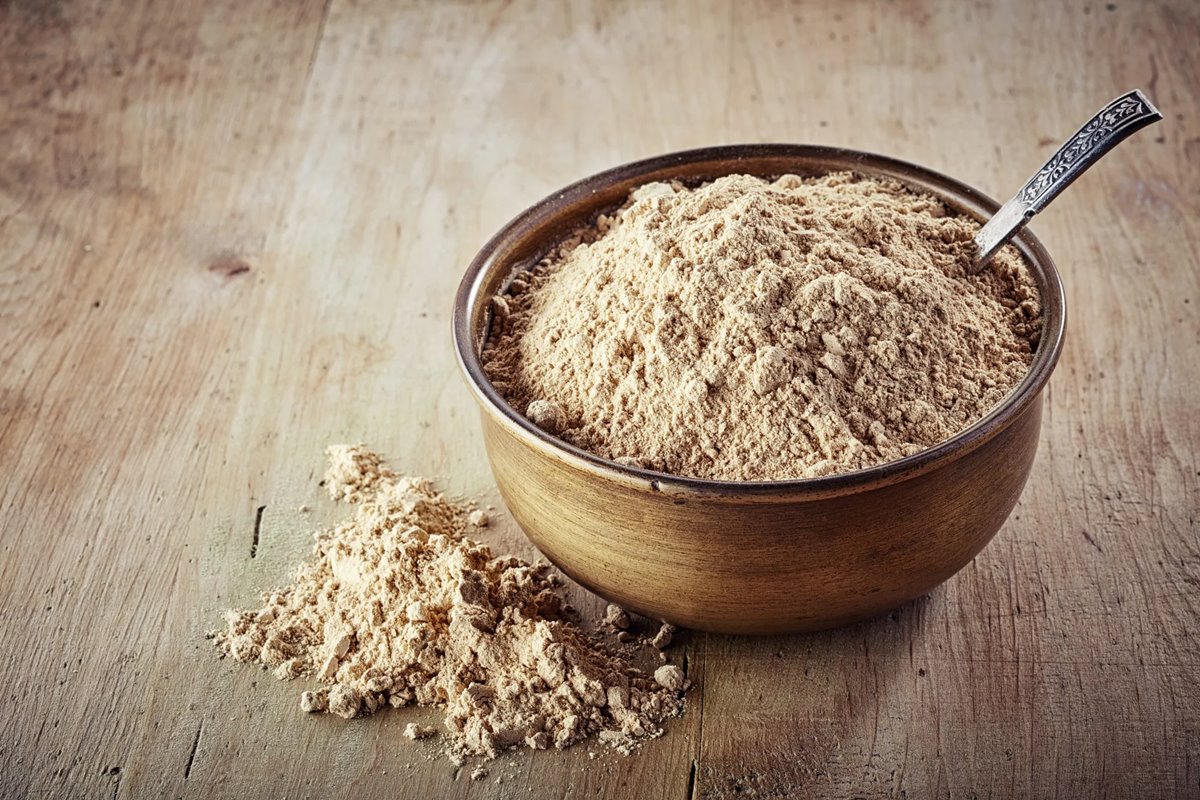Delicious and Nutritious Chicken Recipes for Your Little Ones
As a parent, introducing solid foods to your baby is an exciting milestone. You want to ensure that every meal is not only tasty but also packed with essential nutrients for their growing bodies. One excellent option to consider is chicken. Chicken is an excellent source of protein, which aids in muscle development and growth. In this article, we will explore some delicious and nutritious chicken recipes that will please your little one’s taste buds.
1. Steamed Chicken Puree
This simple chicken puree recipe is perfect for babies who are just starting on solid foods. The gentle steaming method retains the chicken’s natural flavors, making it a delicious and easily digestible meal for your little one.
Ingredients:
- 1 boneless, skinless chicken breast
- 1 cup of filtered water or homemade vegetable broth
Instructions:
- Cut the chicken breast into small, bite-sized pieces.
- Bring water or vegetable broth to a boil in a small pot.
- Add the chicken pieces to the boiling liquid and reduce the heat to a simmer.
- Cook for about 15 minutes or until the chicken is completely cooked through.
- Remove the chicken from the liquid and let it cool.
- Transfer the chicken to a blender or food processor and blend until smooth.
- You can adjust the consistency by adding more liquid if needed.
- Serve at room temperature.
2. Chicken and Vegetable Mash
This chicken and vegetable mash recipe is a perfect way to introduce a variety of flavors to your baby’s palate. Packed with essential vitamins and minerals, this dish provides a wholesome and balanced meal for your little one.
Ingredients:
- 1 boneless, skinless chicken breast
- 1 small potato, peeled and diced
- 1 carrot, peeled and diced
- 1/2 cup of broccoli florets
- 1 cup of homemade chicken broth or water
Instructions:
- Cut the chicken breast into small, bite-sized pieces.
- In a medium-sized pot, bring the chicken broth or water to a boil.
- Add the chicken, potato, carrot, and broccoli to the boiling liquid.
- Reduce the heat to a simmer and cook for about 20 minutes or until the chicken and vegetables are tender.
- Remove the pot from the heat and let it cool.
- Transfer the mixture to a blender or food processor and blend until smooth.
- Add more liquid if needed to adjust the consistency.
- Serve warm.
Your baby’s health and well-being are always a top priority. These chicken recipes are not only easy to prepare but also packed with essential nutrients to support your little one’s growth and development. Remember to consult with your pediatrician before introducing new foods to your baby’s diet and watch for any signs of allergies or intolerances. Enjoy the journey of exploring new flavors and textures with your baby!
Was this page helpful?
Read Next: How To Cook Pre Cooked Ribs In Air Fryer
